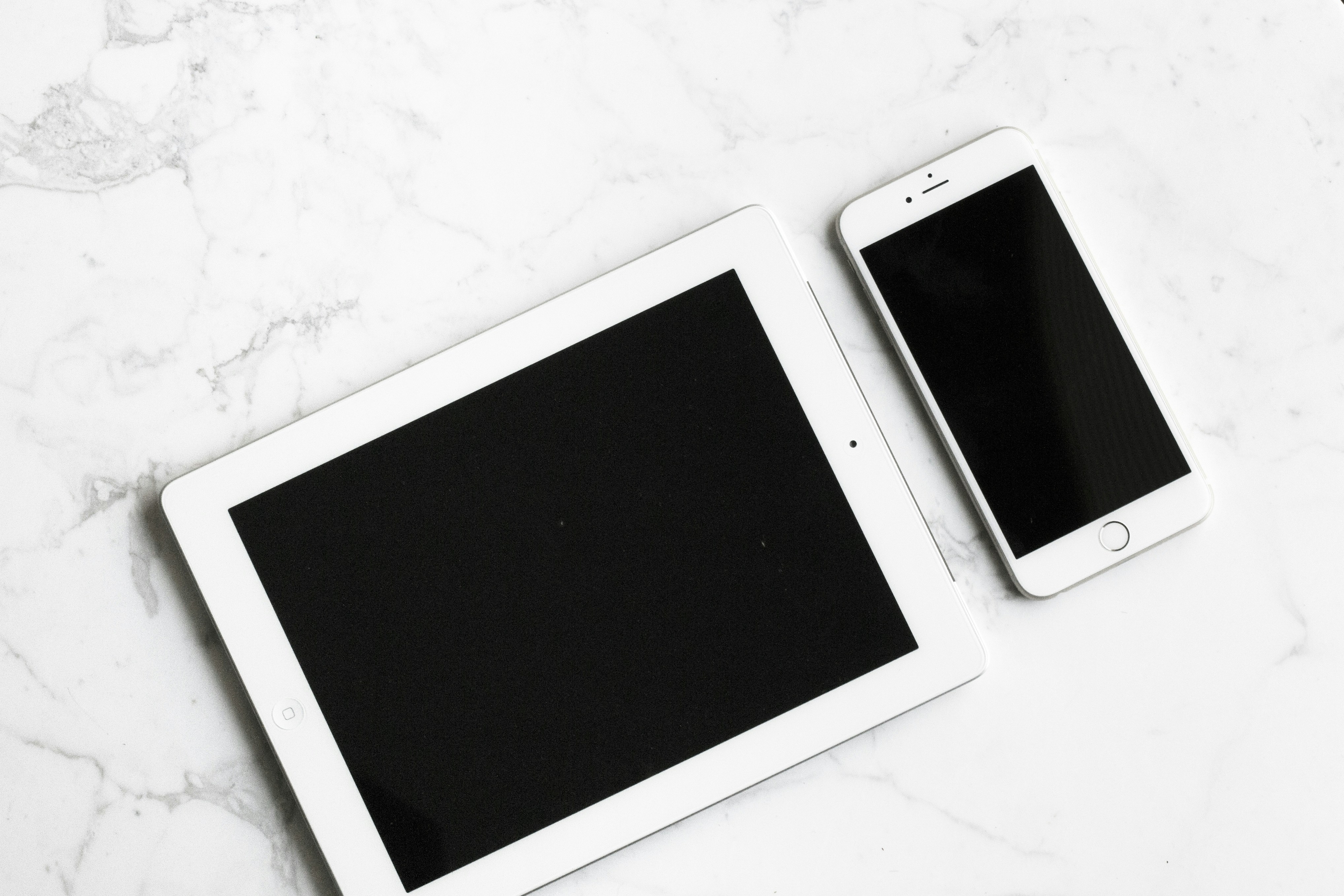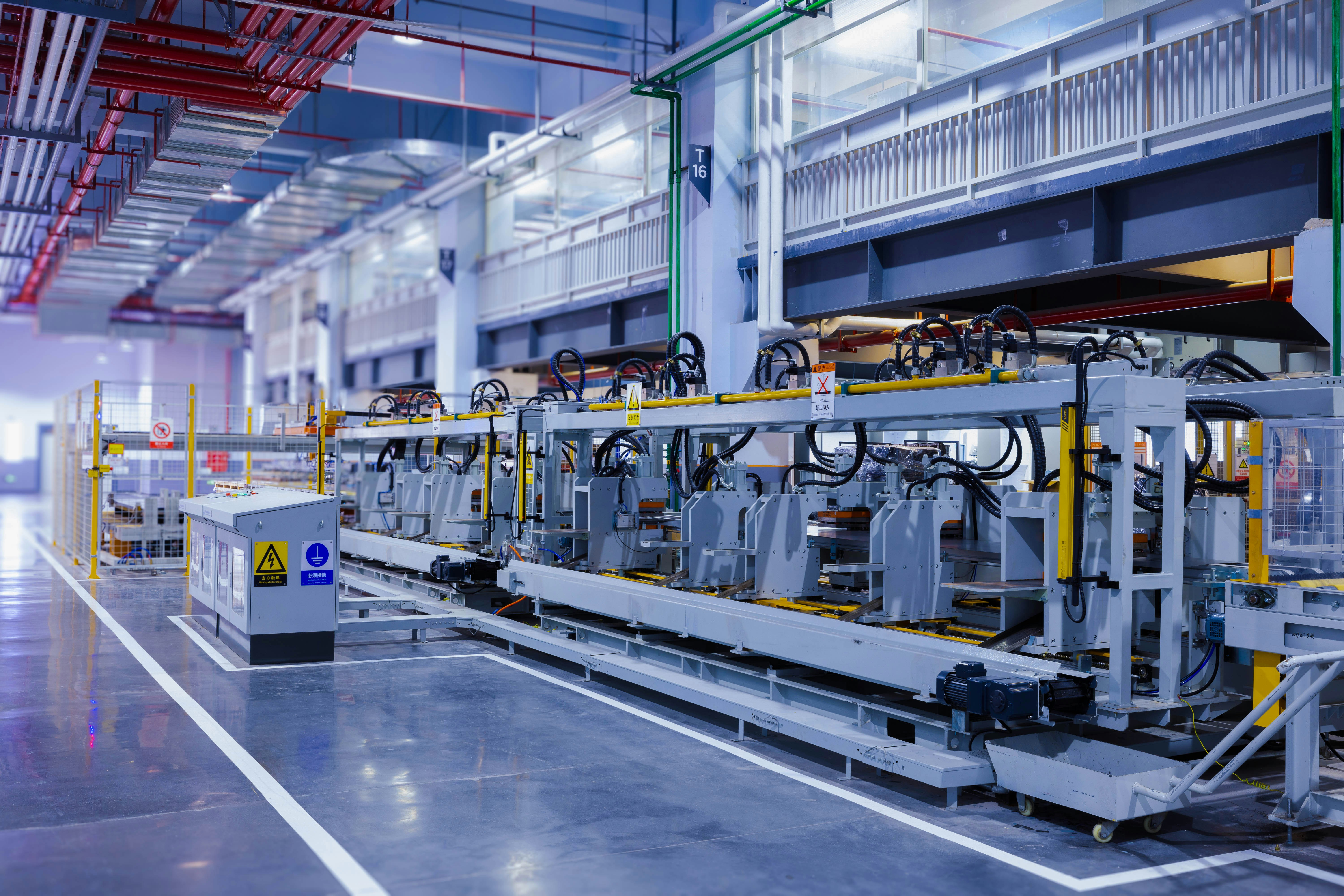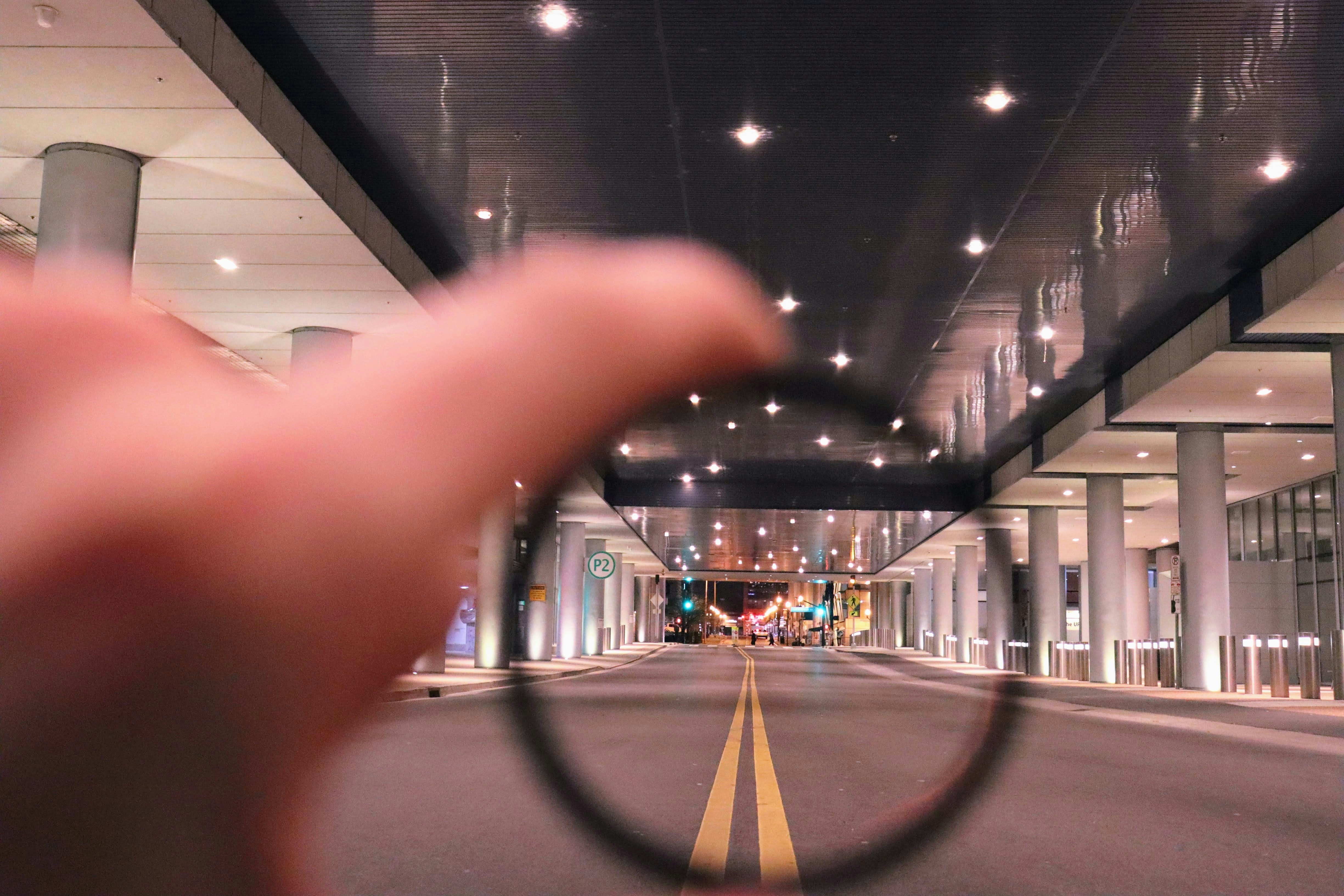Unveiling Digital Twin Technology: Your Guide to Sustainable Living
In our increasingly digital world, technological advancements are reshaping our lives in immensely beneficial ways, notably through the advent of digital twin technology. Imagine having a realistic digital replica of your home, city, or even your entire life! With digital twin technology, this futuristic concept turns into a tangible reality—offering opportunities not just to innovate but also to lead sustainable lifestyles. This beginner's guide will provide you with essential insights into digital twin technology and how to leverage it for a sustainable future.
What is Digital Twin Technology?
Digital twin technology refers to the digital representation of physical objects, processes, or environments. It mirrors real-world entities, capturing their characteristics and behaviors in real-time through constant data exchange. Developed primarily to optimize performance in industries like manufacturing and aerospace, the application of digital twins has expanded significantly, influencing sectors from healthcare to urban planning.
As we dive deeper into this topic, it is essential to understand that digital twins can simulate complex systems, enabling predictive analysis. Thus, you can foresee potential issues before they arise. This fosters not only efficiency but also sustainability—an increasingly critical aspect in today's world.
How Digital Twin Technology Works
To grasp the technology’s impact fully, one must explore how it operates. Digital twins are composed of three core elements: the physical asset, the digital replica, and the connection between the two.
-
Data Collection: The journey begins with data acquisition from sensors embedded in physical assets, whether it's a smart home, a vehicle, or an entire city. These devices gather valuable insights.
-
Modeling: Once data is collected, advanced algorithms and simulations are used to create a digital version that reflects the physical counterpart accurately. This model constantly evolves thanks to real-time data updates.
-
Visualization and Insights: Users can visualize the data through dashboards or augmented reality (AR). This insight enables users to make data-driven decisions easily, optimizing functionality and fostering sustainability.
For an example of how digital twins are revolutionizing various industries, consider smart cities. Urban areas leverage this technology to manage resources effectively, minimizing energy consumption and reducing waste.
Applications of Digital Twin in Sustainable Living
Digital twin technology has numerous applications in promoting sustainable living. Here are some exciting examples:
1. Smart Homes
Imagine a home that anticipates your needs, optimizing energy usage by learning your daily routines. With digital twins, your home can dynamically manage energy consumption, ensuring that appliances run during optimal hours when demand is low. This not only saves money but also significantly lowers your carbon footprint.
2. Urban Planning
In our cities, digital twins can assist planners in creating greener spaces. By simulating traffic patterns, air quality, and public transport efficiencies, planners can analyze different scenarios to identify potential environmental impacts before actual development occurs. This proactive approach aids in building sustainable infrastructures that accommodate populations without depleting resources.
Internal Link: Discover how augmented reality can create empathy and understanding within communities in our article about bridging cultures with augmented reality for empathy today.
3. Sustainable Agriculture
With the integration of IoT devices, digital twins in agriculture allow farmers to monitor soil conditions, crop health, and weather patterns. For instance, if a farmer can forecast weather impacts days in advance, they can make informed decisions about irrigation and pesticide application, significantly reducing chemical use and conserving water.
4. Manufacturing Efficiency
In industry, companies can implement digital twins to optimize production lines. By analyzing simulations, manufacturers can detect inefficiencies before they turn into costly problems, thus minimizing wasted resources—be it time, materials, or energy.
External Link: For more insights on optimizing industry processes, check out Moç’s article on modern trends in digital manufacturing.
The Future of Digital Twin Technology
As we look ahead, digital twin technology is expected to become even more integrated into our daily lives. The combination of AI, machine learning, and augmented reality will enhance the capabilities of digital twins, allowing for further predictive capabilities and customization based on individual preferences.
1. Personal Digital Twins
The future may not only hold digital replicas of homes and cities but personal digital twins as well. Such virtual avatars could help monitor personal health, manage schedules, and even enable tailored interactions with services based on your preferences.
2. Enhanced Sustainability Efforts
With a more pressing focus on climate change, companies and governments are increasingly investing in digital twin technologies that promote sustainable practices. Whether it’s building renewable energy infrastructures or reducing emissions, the data provided by digital twins will lead to more informed decisions across numerous sectors.
Internal Link: Explore how to create digital time capsules to curate a legacy of sustainability for future generations in our article on creating digital time capsules.
Challenges and Ethical Considerations
While digital twin technology boasts impressive benefits, it also comes with several challenges and ethical considerations:
1. Data Privacy Concerns
Personal digital twins and IoT devices raise significant privacy concerns. The data collected can potentially lead to misuse or breaches, making trust and security paramount for users.
2. Digital Divide
As technology continues to evolve, ensuring equitable access becomes critical. Not all individuals or communities have the same level of access to technology, which could exacerbate existing inequalities.
3. Environmental Costs
While digital twins can enhance sustainability, they also rely on vast amounts of data processing and storage, contributing to their carbon footprint. Striking a balance between digital innovation and its environmental impact is crucial.
External Link: For more on the ethical costs of technology decisions, check out our piece on digital utilitarianism assessing the ethical costs of tech choices.
Getting Started with Digital Twin Technology
Feeling inspired to dive into the realm of digital twin technology? Here’s how to begin your journey:
1. Educate Yourself
Start by exploring resources available through online courses and workshops that focus on digital twins. Familiarizing yourself with the underlying technologies—like IoT, AI, and big data—will aid your understanding.
2. Identify Feasible Applications
Begin identifying areas in your life or work where digital twin technology can be implemented. Whether it's personal health monitoring, managing energy consumption at home, or optimizing your workflow in professional settings, start small.
3. Engage with Experts and Community
Networking with professionals in the field can offer valuable insights. Participate in tech forums and communities that share practical use cases and problem-solving strategies.
Internal Link: Curious about how quantum computing can transform digital interactions? Check out our guide on unlocking quantum computing for practical insights today.
Final Thoughts
As we usher in a new era powered by digital twin technology, the opportunities for fostering sustainability are immense. By understanding and embracing this innovative technology, you can contribute to building a greener future while enhancing your quality of life. From smart homes to efficient urban development, the possibilities are boundless.
By leveraging digital twin technology responsibly, we have the potential to unlock sustainable solutions that not only meet our needs today but preserve our planet for future generations. Start your journey towards a digitized, sustainable life today; the possibilities await!
















